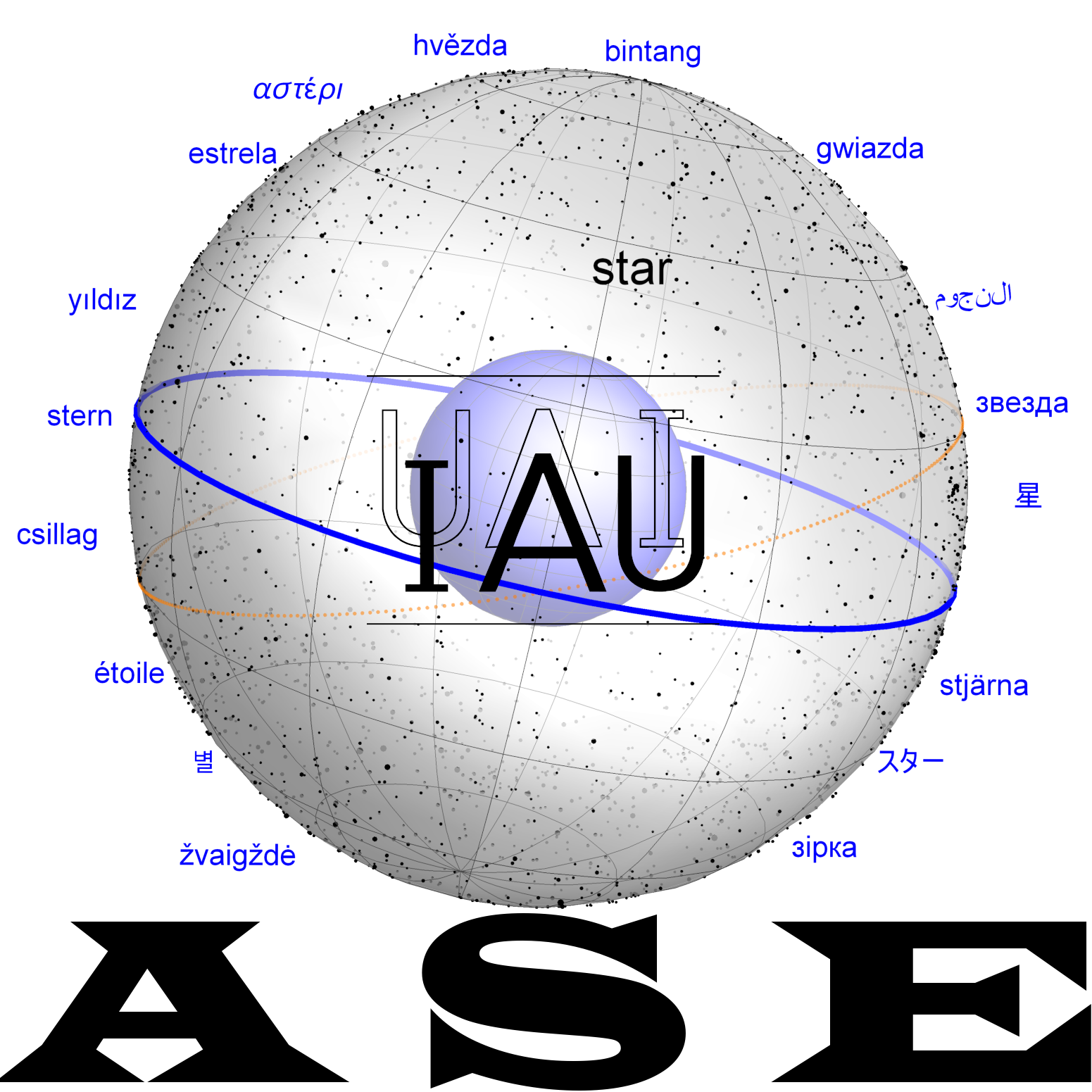Template:Moon: Difference between revisions
From All Skies Encyclopaedia
No edit summary |
No edit summary |
||
| Line 1: | Line 1: | ||
The Moon is the natural satellite of the Earth. In ancient times, it was frequently described with the term "planet" because this term derives from the Greek word for "wanderer"; the Moon moving roughly 12° per day from west to east is the fastest of these "wanderers" in front of the projected constellations. |
The Moon is the natural satellite of the Earth. In ancient times, it was frequently described with the term "planet" because this term derives from the Greek word for "wanderer"; the Moon moving roughly 12° per day from west to east is the fastest of these "wanderers" in front of the projected constellations. |
||
== Images of the Moon == |
=== Images of the Moon === |
||
<gallery> |
<gallery> |
||
Moon all Astronomy in Culture cBook.jpg|One lunation observed in central Europe (Austria/ Germany). Credits: Susanne M Hoffmann. |
Moon all Astronomy in Culture cBook.jpg|One lunation observed in central Europe (Austria/ Germany). Credits: Susanne M Hoffmann. |
||
Revision as of 22:35, 21 February 2025
The Moon is the natural satellite of the Earth. In ancient times, it was frequently described with the term "planet" because this term derives from the Greek word for "wanderer"; the Moon moving roughly 12° per day from west to east is the fastest of these "wanderers" in front of the projected constellations.












